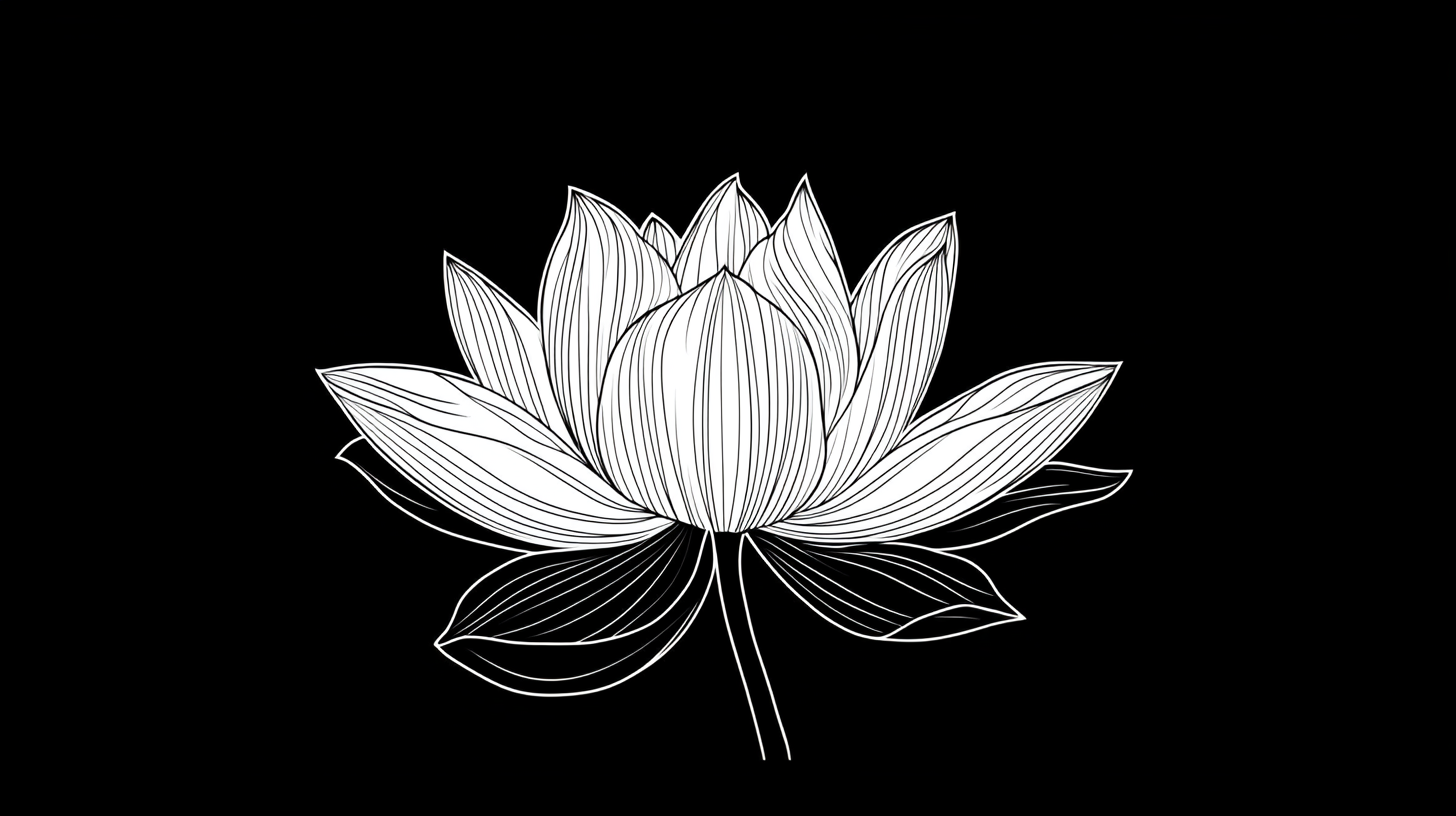Through scenes of sun-drenched resort paradises, decadent indulgences, and a glamorous cast of jet-setters, The White Lotus on HBO Max crafts a luxury fantasy drawing users into its alluring orbit. The show’s visual language builds a world so vivid, audiences instinctively want to step in.
Season 3 has taken this world beyond the screen with strategic merchandising via high-end collaborations. Unlike most entertainment properties that rely on collectible trinkets and logo-heavy tchotchkes, The White Lotus extends its fictional universe through partnerships that mirrors luxury brand strategy. This approach has yielded a sophisticated product ecosystem spanning luggage, fashion, skincare, and consumables—items that feel like natural extensions of the show’s world rather than promotional afterthoughts.
This approach creates a compelling dual-world dynamic that reshapes how entertainment properties can monetize their cultural impact. On-screen, the narrative builds a rich, aspirational brand identity. Off-screen, a parallel ecosystem emerges where partners craft products that tap into that identity, elevating the show’s cachet into something tangible and desirable.
Unlike the traditional model where blockbuster films showcase existing luxury products—think James Bond driving an Aston Martin or Emily in Paris flaunting Chanel accessories—The White Lotus reverses the formula. Instead of the show promoting brands, brands are creating products specifically to extend the show’s universe. The White Lotus does the brand building, and its partner brands produce merchandise to match. The products serve as extensions of the entertainment experience, allowing viewers to bring a piece of the fictional world into their everyday lives.
HBO has recognized this potential and positioned The White Lotus as a standalone brand—a rare move in entertainment marketing. Instead of mass-produced fandom gear, they’ve curated partnerships that amplify the show’s sophisticated aesthetic, creating a new way for television properties to transcend the screen.
Crafting a Luxury Brand
Filmed at Four Seasons Koh Samui, The White Lotus Season 3 transports viewers to a pristine tropical paradise of private infinity pools and palatial beachfront villas. The show crafts a luxury fantasy evoking a sense of exclusivity, escape, and indulgence that is carefully designed, much like a high-end brand constructs an aspirational identity.
Guests drift through golden-hour tableaus with glasses of wine, draped in silk robes against cerulean waters, or indulge in elaborate spa rituals amid lush tropical gardens. The cinematography bathes Thailand’s landscapes in a golden, sun-drenched glow, enhancing the dreamlike allure of its tropical setting. The production design seamlessly blends minimalist luxury with rich, exotic details, crafting spaces that feel both affluent and effortlessly inviting.
Meanwhile, the wardrobe curates a mix of flowing linen ensembles, bold printed swimwear, and understated luxury accessories, striking the perfect balance between high-end resort fashion and the effortless style of seasoned jet-setters.
World-building in The White Lotus goes beyond the setting and scenery, however. It curates a lifestyle of exclusivity, escape, and indulgence.
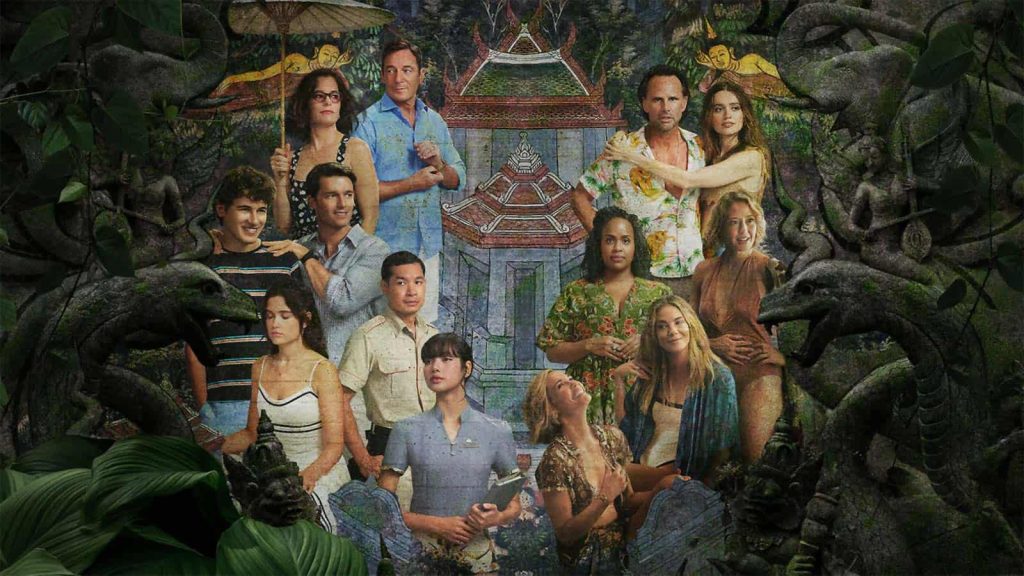
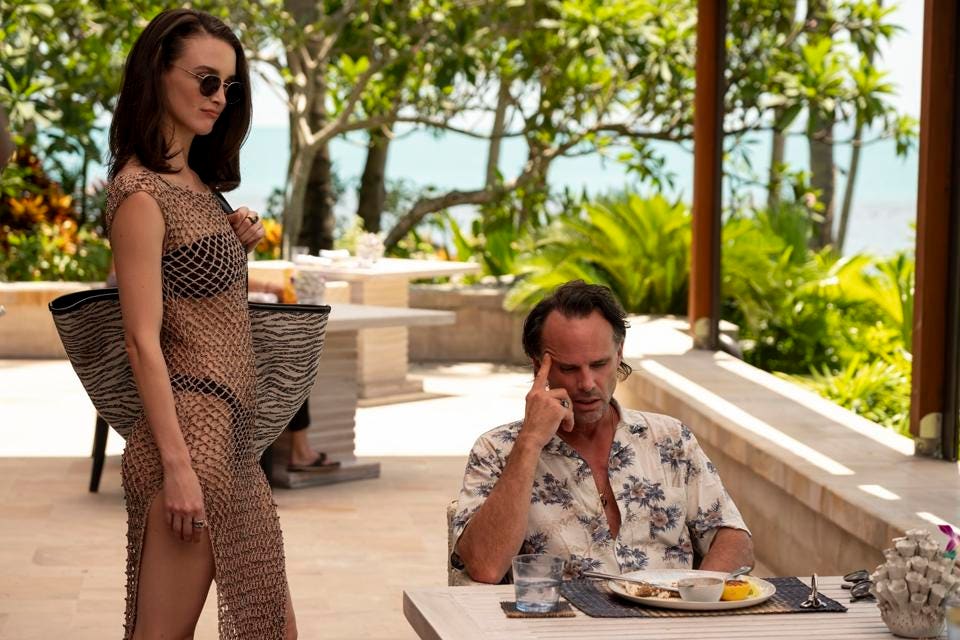
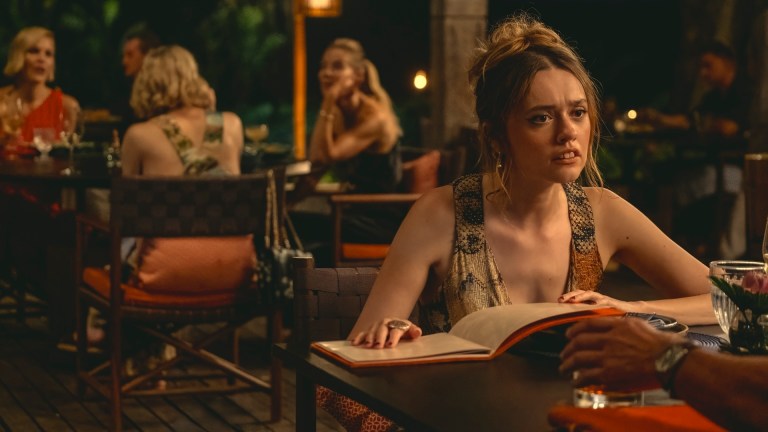
Ralph Lauren has long mastered this approach, creating entire aesthetic universes around old-money leisure, adventure, and timeless Americana. Whether through equestrian culture, Hamptons summers, or safari-inspired collections, Ralph Lauren extends beyond clothing to cultivate a fully immersive vision of aspirational living.
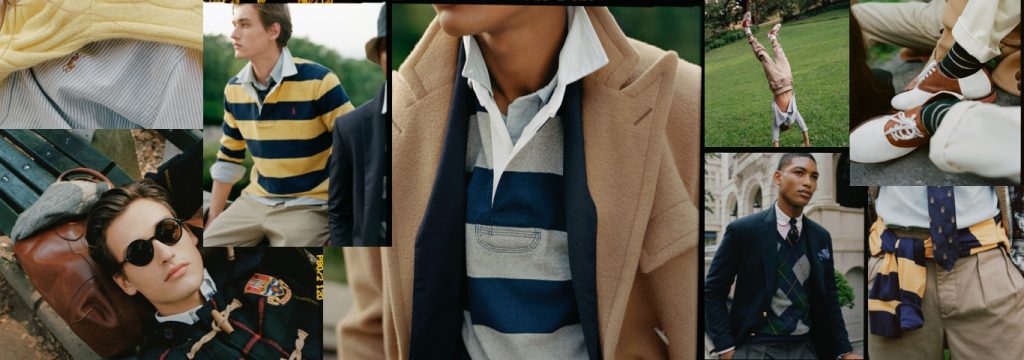
We can think about The White Lotus in the same way. Its world is specific enough to feel real—a Thai resort with a distinct, exotic vibe—yet broad enough to resonate as a symbol of modern luxury.
Just like Ralph Lauren is a construct of affluent American lifestyles, The White Lotus is a deliberate construct of desire that builds an aspirational brand experience around a fictional hotel. In Season 3, HBO recognizes this potential, transforming the show’s fictional universe into a carefully orchestrated merchandising ecosystem that capitalizes on its distinctive aesthetic identity and brand power.
Beyond the Screen: A Product Ecosystem of Brand Partnerships
The White Lotus’s merchandising and experiential strategy highlights a shift from traditional entertainment licensing to strategic brand architecture. It draws on deliberate partnerships that collectively extend the show’s fictional universe into the real world.
This ecosystem approach mimics luxury brand portfolio strategies rather than typical entertainment tie-ins, creating a cohesive brand experience across multiple product categories and price points. As Season 3 unfolds, HBO has orchestrated these collaborations not as random promotional opportunities but as carefully selected extensions that maintain the show’s aspirational positioning while reaching diverse consumer touchpoints.
Take Four Seasons, for instance. They announced a global partnership with HBO Max designed to celebrate the upcoming season within an immersive and elegant backdrop. Leveraging the fact that Season 3 was filmed at their Koh Samui resort, they’ve rolled out immersive experiences like a multi-day retreat at Four Seasons Hotel Westlake Village transforming their property into a White Lotus IRL, complete with wellness and dining nods to the show’s Thai setting.
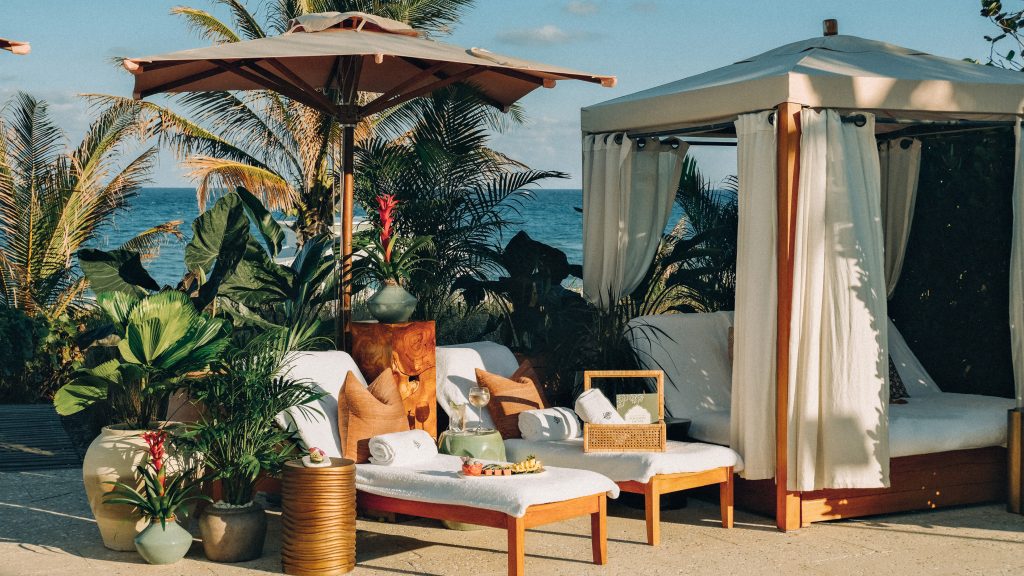
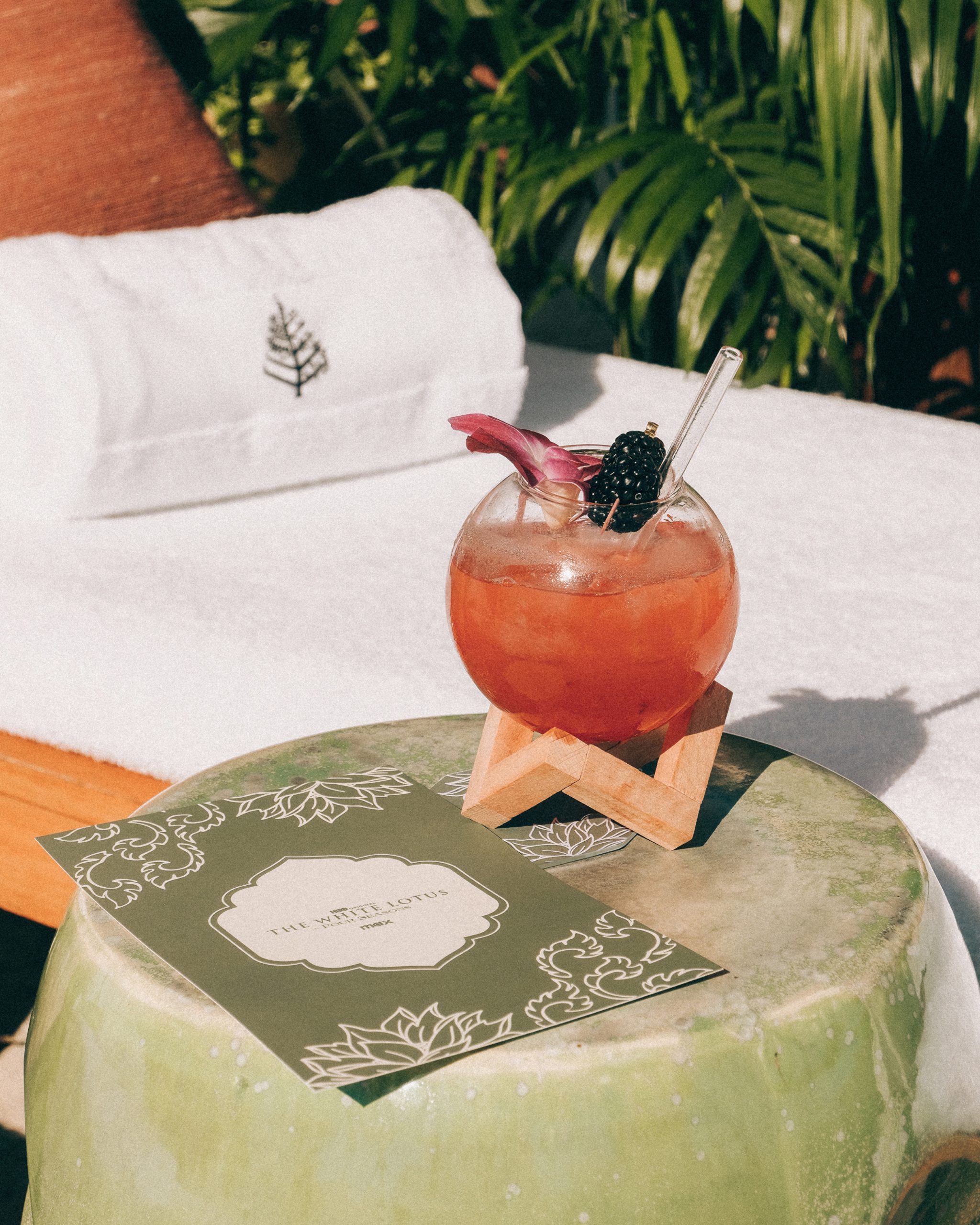
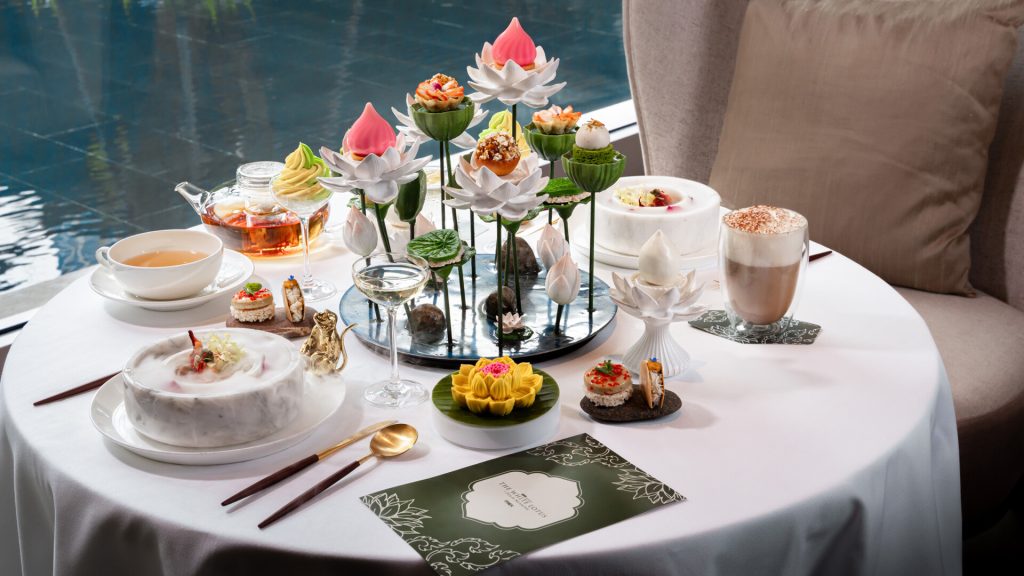
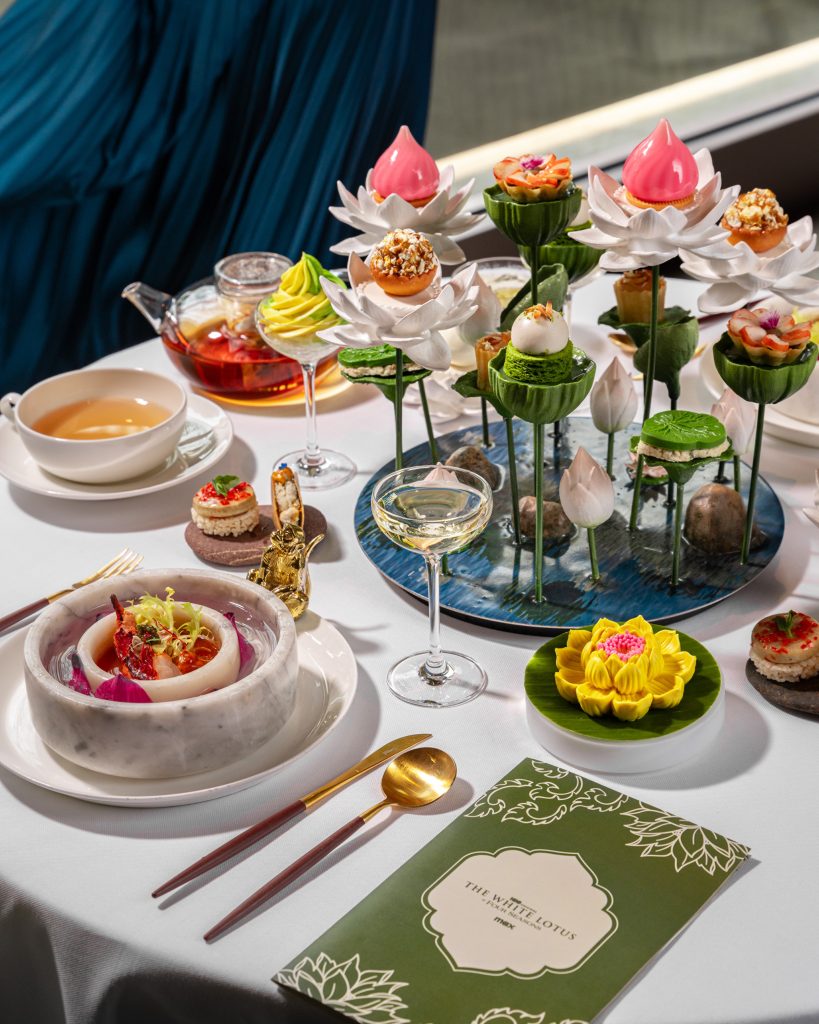
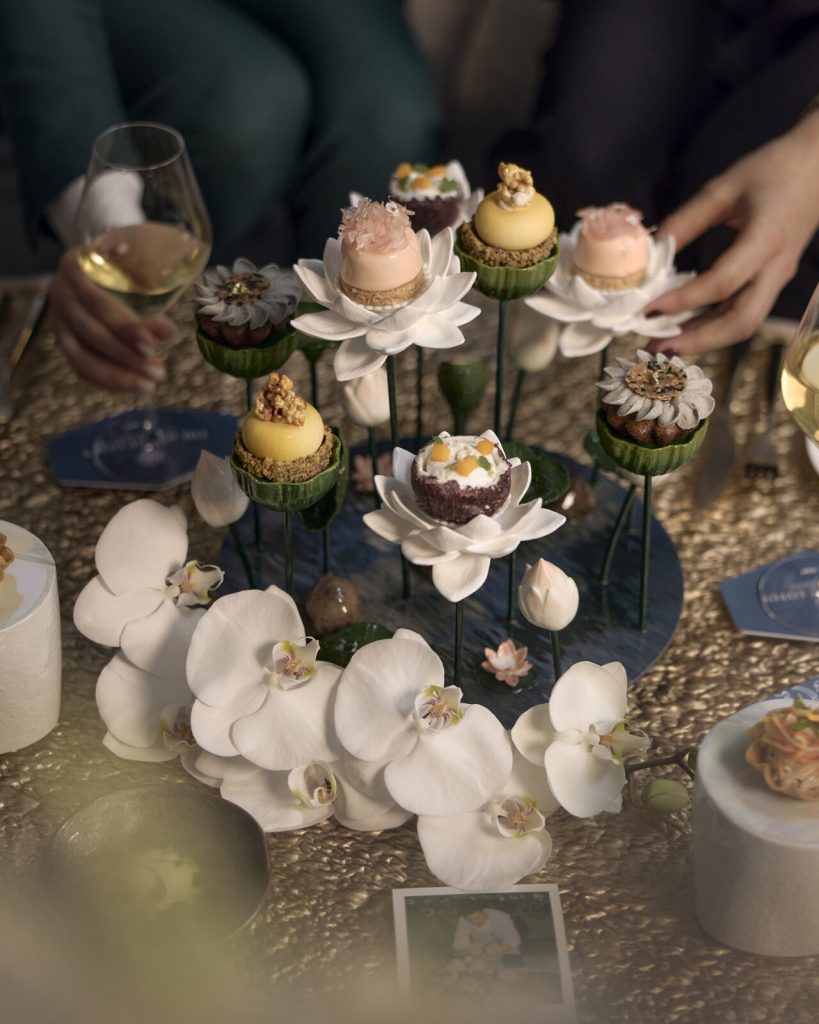
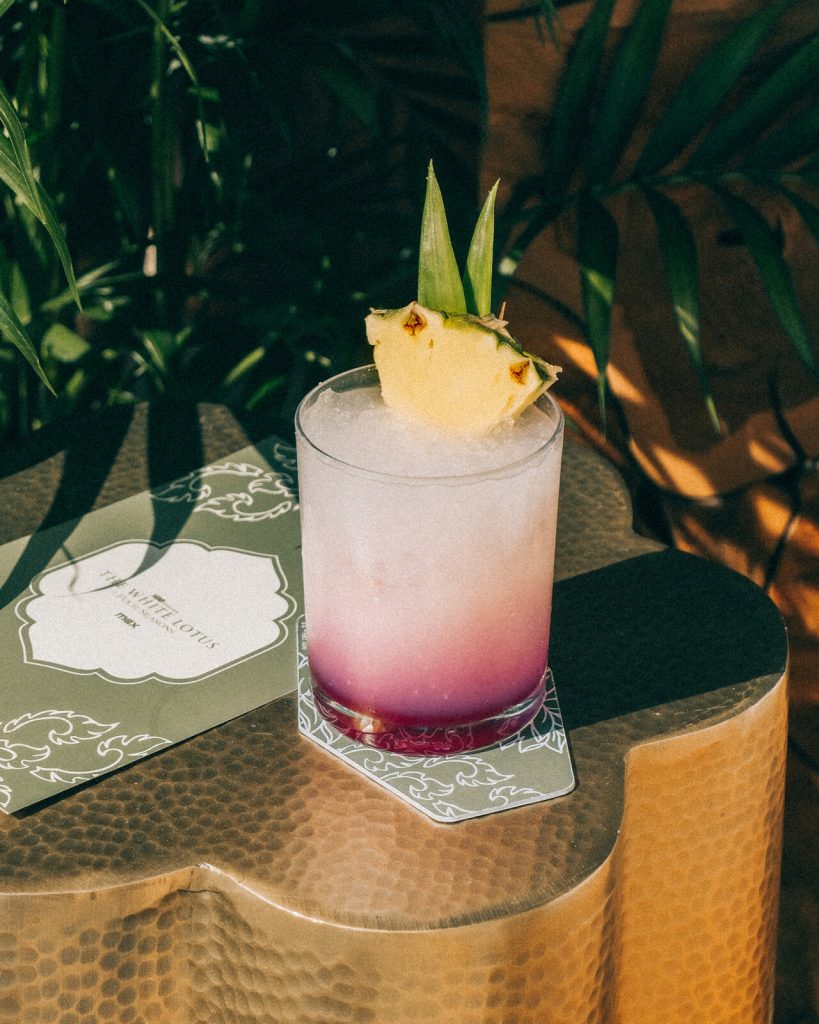
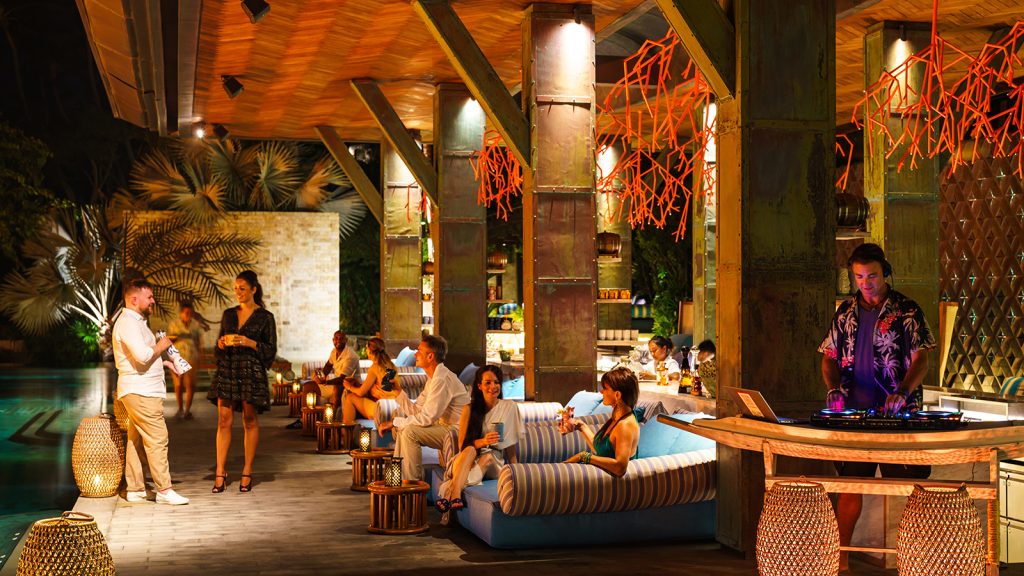
Then there’s the The White Lotus luggage collection from Away which brings raffia textures and TWL motifs to travel gear. Unlike tacky Comic-Con-style movie merchandise, these pieces aren’t emblazoned with oversized logos, character graphics, or kitschy references. The brand tie-in is understated and sophisticated, channeling the show’s aesthetic of luxury, exclusivity, and effortless elegance through thoughtful materials, neutral palettes, and premium craftsmanship. This collection treats The White Lotus as a luxury brand, translating its distinctive aesthetic into high-end travel essentials that feel like natural extensions of the show.
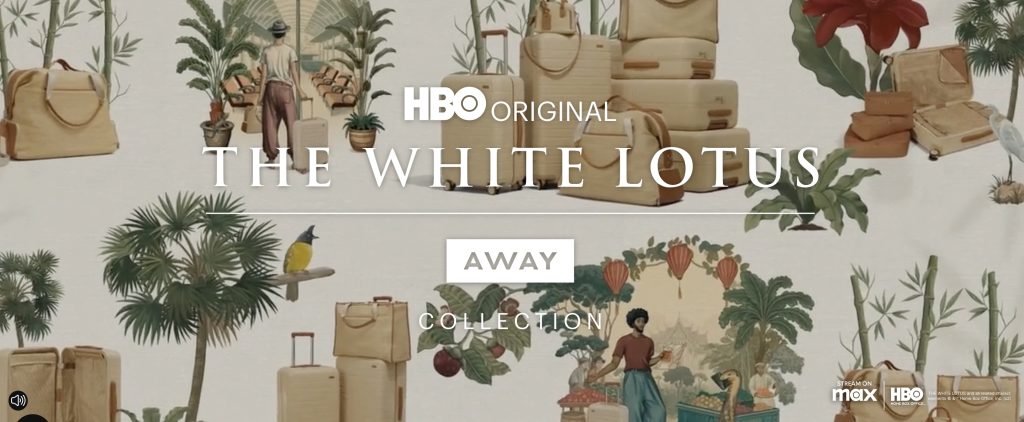

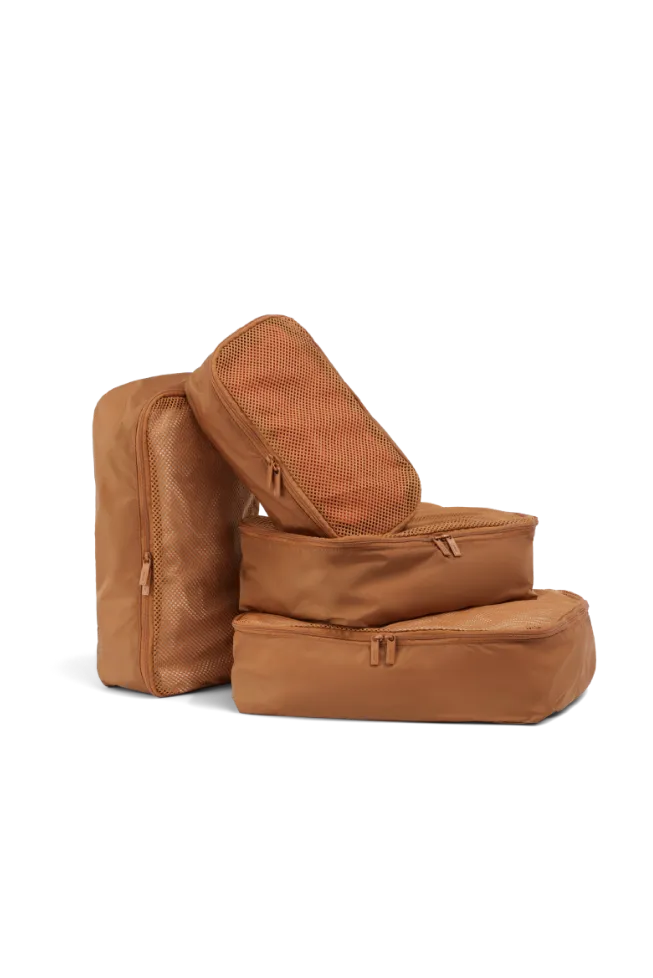
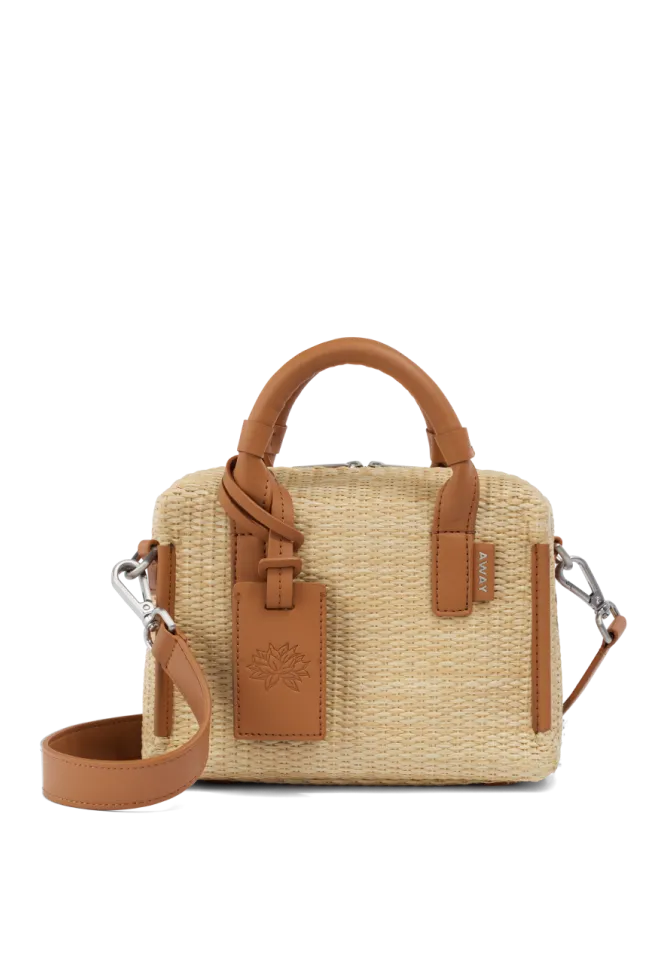
Fashion gets in on the act too. H&M dropped a 25-piece resort wear collection, designed with White Lotus costume designer Alex Bovaird, featuring ‘60s-inspired silhouettes, breezy fabrics, and rich textures that channel the glamorous escapism of the show. The pieces exude indulgence and adventure. The collection features flowing wide-leg trousers, bathing suits, and button-ups in earthy terracotta hues. Intricate geometric prints echo vintage Thai textiles, while jungle-green sets are splashed with oversized floral and foliage motifs that could have been lifted directly from a high-end tropical retreat.
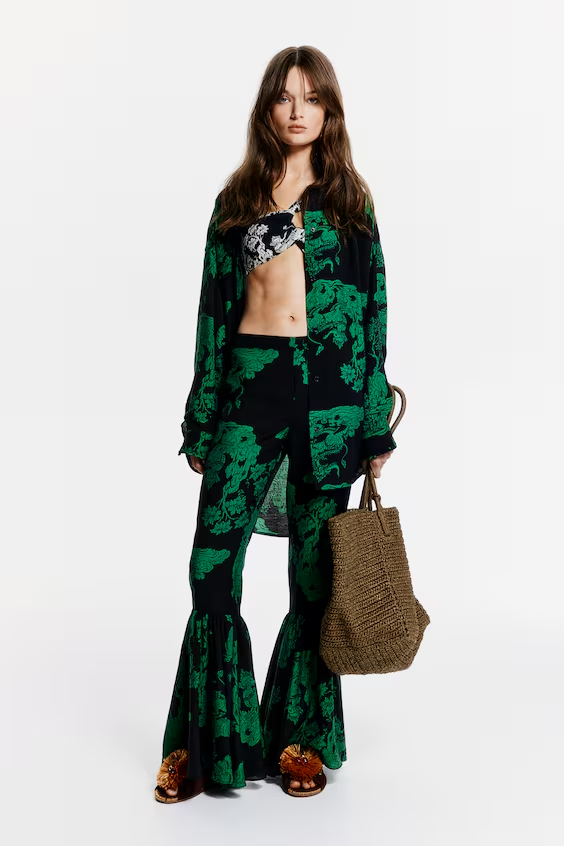
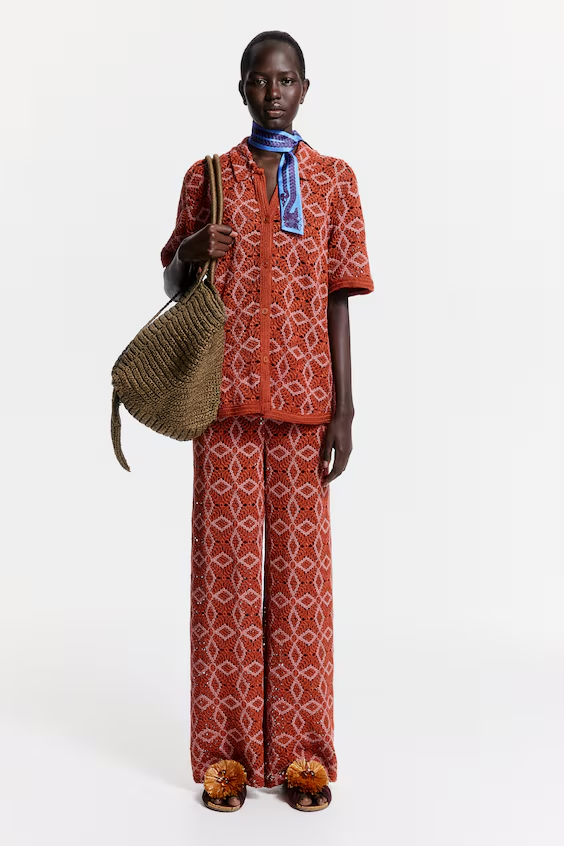
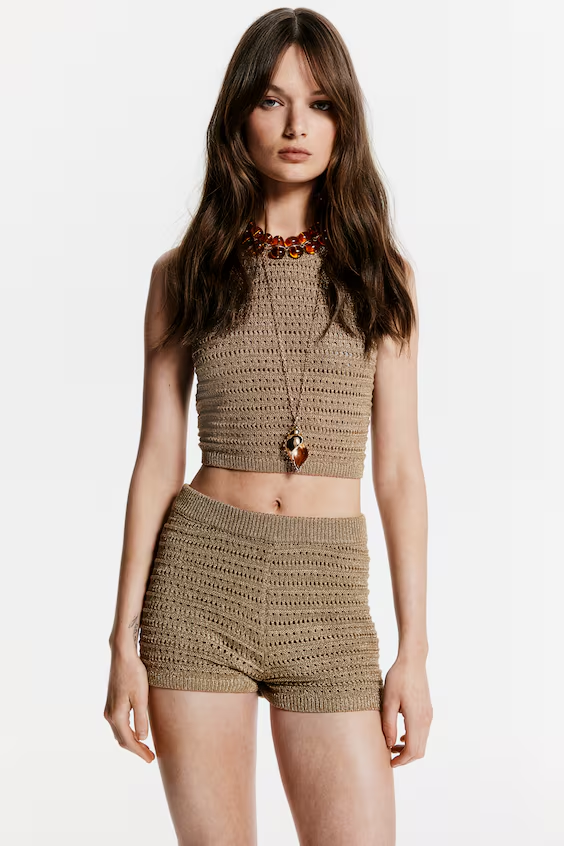
And in January, Abercrombie & Fitch released graphic branded tees, caps and sweatshirts, as well as exclusive vacation wear inspired by the characters’ outfits. Again, rather than simply slapping the show’s logo on generic products, the A&F collaboration thoughtfully incorporates The White Lotus branding into stylish apparel that enhances the show’s luxury positioning.
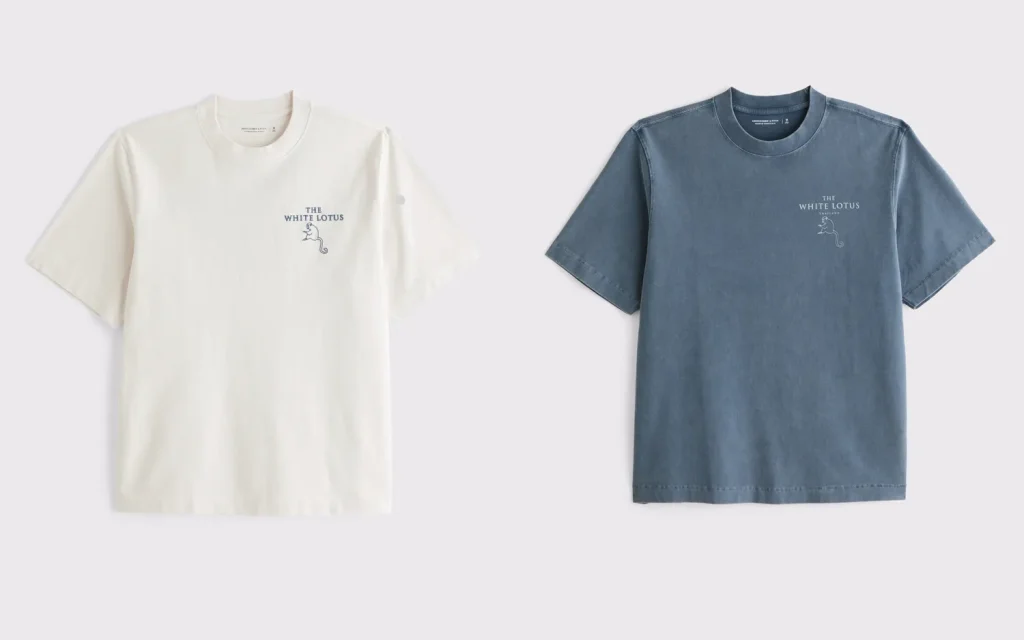
Debuting this March, Banana Republic also announced a White Lotus collection which will blend the brand’s tradition of craftsmanship and travel heritage with bold, tropical prints that evoke the show’s vibrant Thai setting.
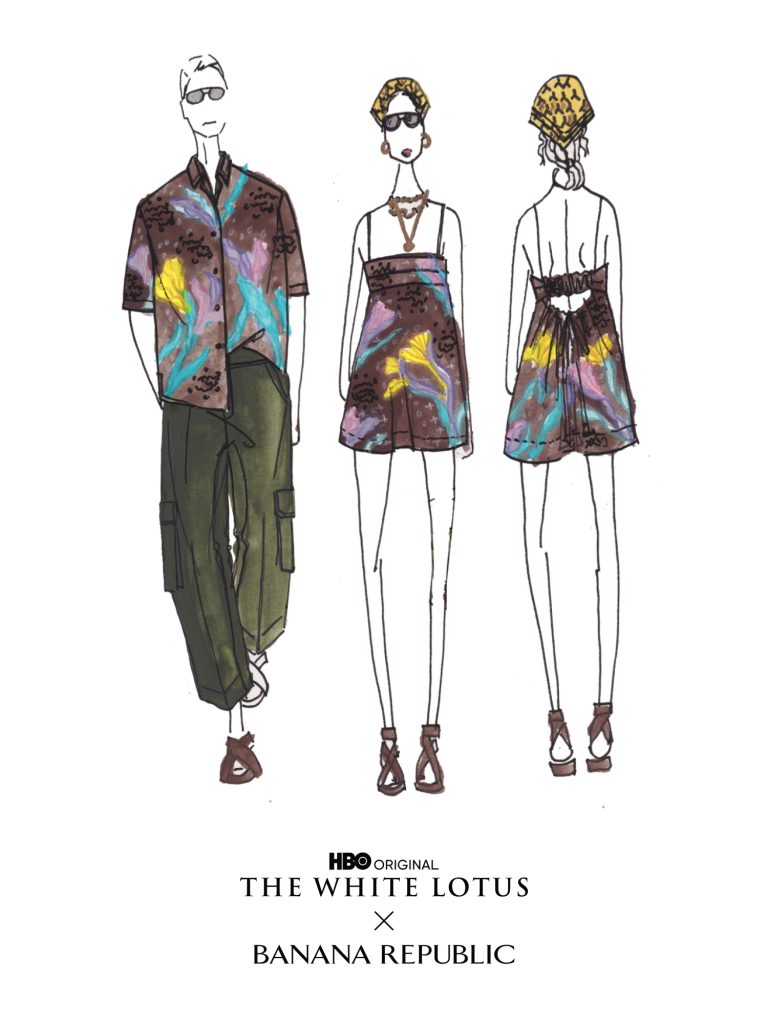
Even everyday indulgences get the White Lotus treatment. Coffee Mate’s Thai Iced Coffee and Piña Colada creamers bring a taste of the tropics to your coffee mug, Saint James Iced Tea unveiled its White Lotus Limited Edition Mango Organic Black Tea, and Diageo’s Thai-inspired cocktail kits with Tanqueray and Ketel One add a boozy twist.
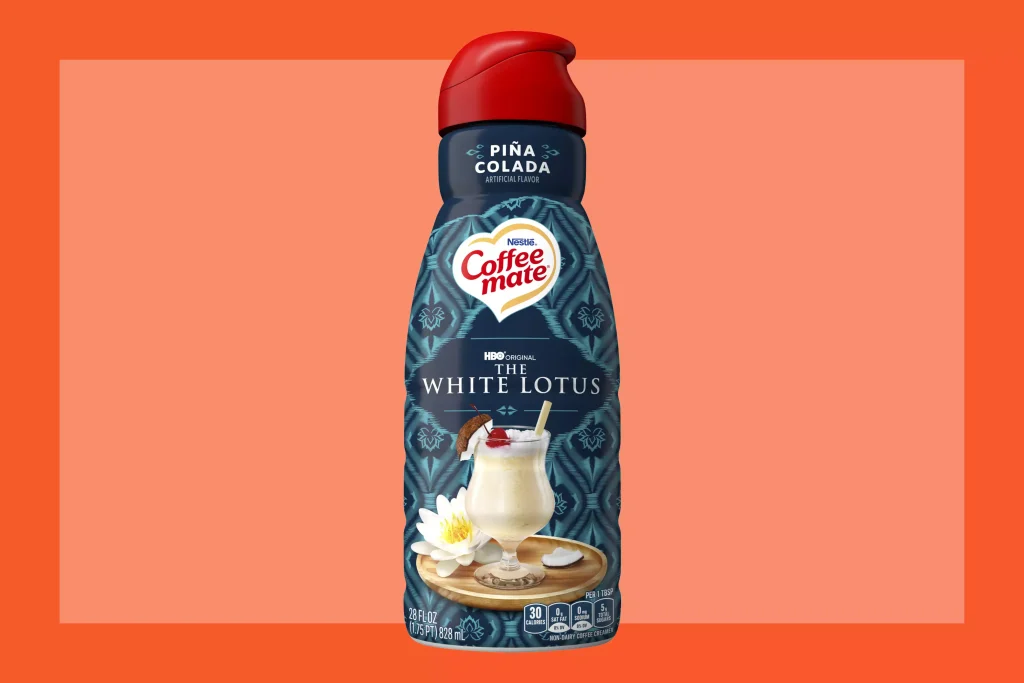
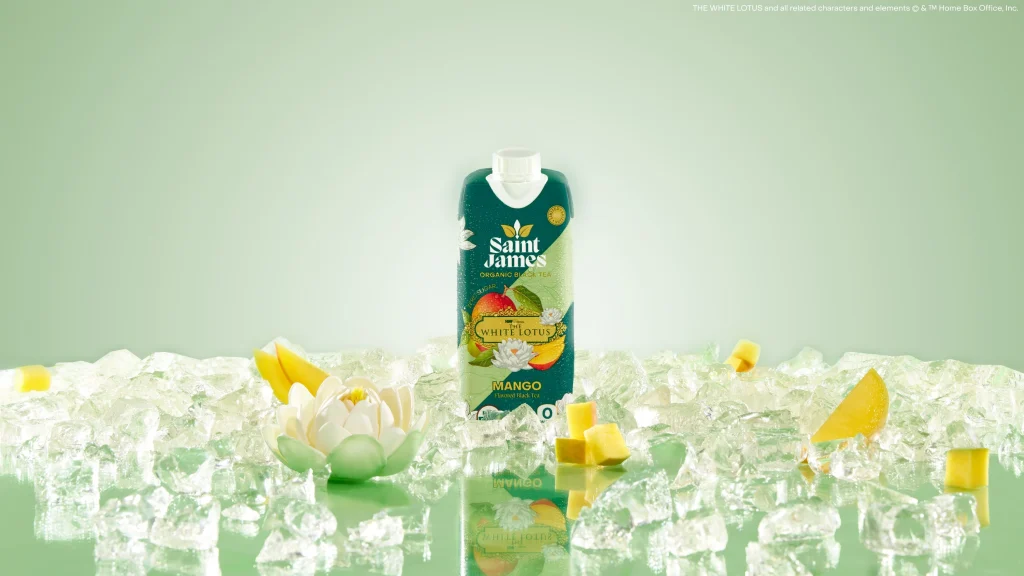
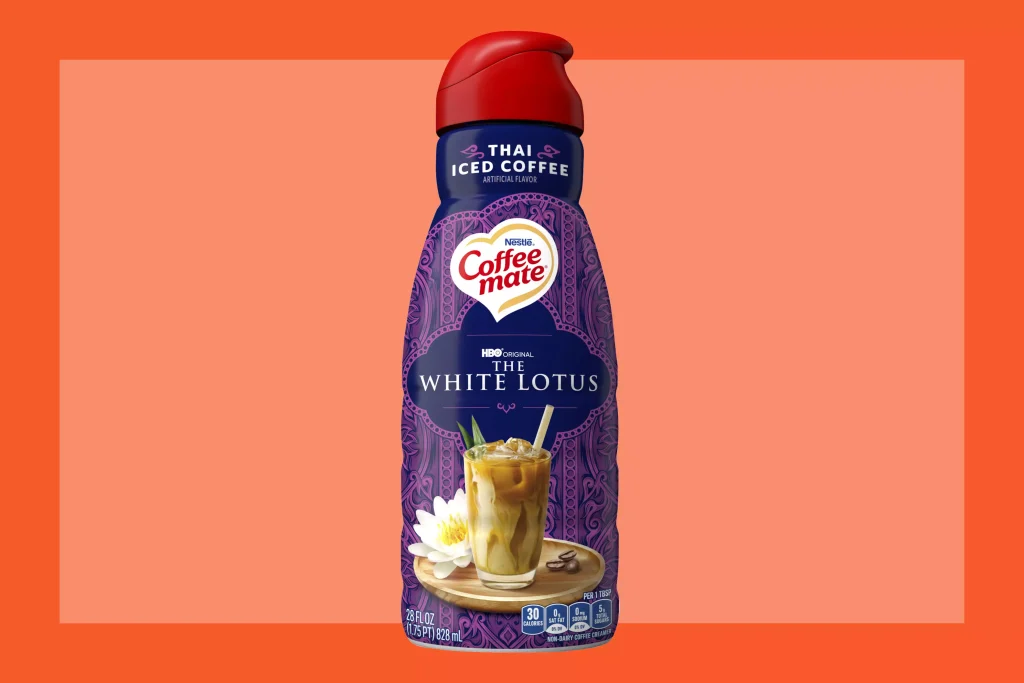
This product ecosystem functions as a natural extension of The White Lotus’ fictional luxury resort experience, inviting viewers to become guests in their own homes. CB2’s 50-piece decor collection transforms living spaces into resort-inspired sanctuaries, while Nest New York’s cucumber-sage candle diffuses the show’s tropical ambiance throughout your home. Supergoop’s SPF kit and Kiehl’s travel set deliver the premium self-care rituals you’d expect from the resort’s exclusive spa. Each product carefully curated to embody Season 3’s wellness narrative and transport users to Thailand without leaving their homes.
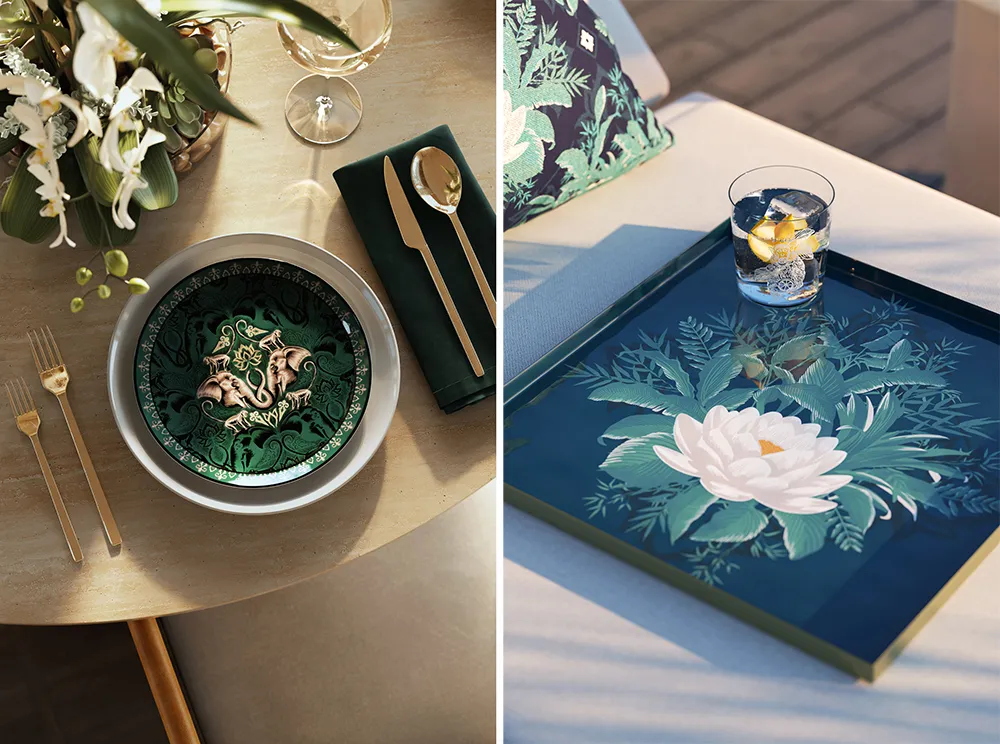
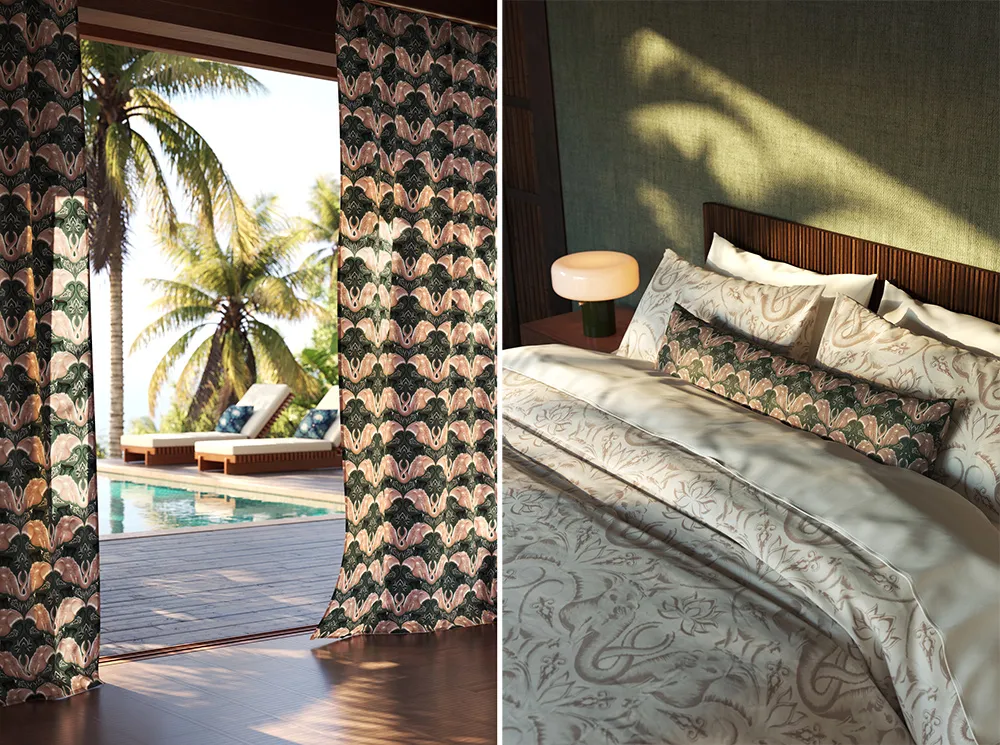
Luxury Brand Strategy > Trinkets and Tchotchkes
Most entertainment franchises monetize cultural relevance through fan merchandise. Think Stranger Things Monopoly boards, Star Wars action figures, or Marvel-branded hoodies. These products cater to nostalgia and fandom, often relying on recognizable logos and character imagery rather than an inherent sense of style or exclusivity. The White Lotus flips this model entirely, taking a luxury branding approach rather than a traditional licensing strategy.
Instead of slapping its name on mass-market collectibles, The White Lotus curates a refined ecosystem of brand partnerships that feel like organic extensions of its world. Away’s raffia-textured luggage, H&M’s resort-inspired wardrobe, and Four Seasons’ immersive retreats don’t just reference the show—they allow consumers to step into its aesthetic. These collaborations are cohesive, intentional, and aligned with the brand’s aspirational identity, elevating The White Lotus from a TV show to a lifestyle experience.
This approach mirrors luxury fashion houses more than traditional TV licensing. HBO isn’t chasing mass appeal. It’s building a premium brand aura that makes its collaborations feel like must-have items, not just show memorabilia.
As HBO’s Pia Barlow told Adweek, the goal with strategic brand partnerships is to expand the show’s influence without diluting its prestige. This strategy not only extends The White Lotus’s reach beyond HBO subscribers, but also cements its status as one of the most culturally powerful brands in entertainment today.
The Future of Entertainment Branding: Some Lessons from The White Lotus
The White Lotus demonstrates a sophisticated evolution in how entertainment properties can function as standalone brands. By creating a fictional world with a distinct aesthetic vocabulary and then extending it through carefully curated partnerships, HBO has positioned the show between content and commerce in a way that enhances rather than dilutes its creative vision.
This strategy reflects broader shifts in luxury marketing, where experiential storytelling increasingly drives consumer engagement. Just as luxury fashion houses have moved beyond product-focused advertising to create immersive brand universes, The White Lotus builds a world first and sells products second.
So when we consider The White Lotus and its real-world products, the question becomes: are we buying the products or are we buying into a brand? Clearly, we’re purchasing the brand—a fictional luxury resort that has transcended the screen to become a lifestyle signifier. These products serve as portals to the aspirational world The White Lotus has created, allowing consumers to bring a piece of that fantasy into their everyday lives.
For entertainment properties and marketers alike, The White Lotus offers valuable strategic insights: craft a compelling world with a coherent aesthetic vision, then extend it through partnerships that amplify its essence rather than dilute it. As the boundaries between content, commerce, and culture continue to blur, this approach provides a way to transforming storytelling into brand experience—creating value that extends far beyond traditional viewership metrics and into the realm of lifestyle marketing. As streaming platforms compete for subscriber loyalty, we can expect to see more content creators adopting this brand playbook for their most prestigious properties.
